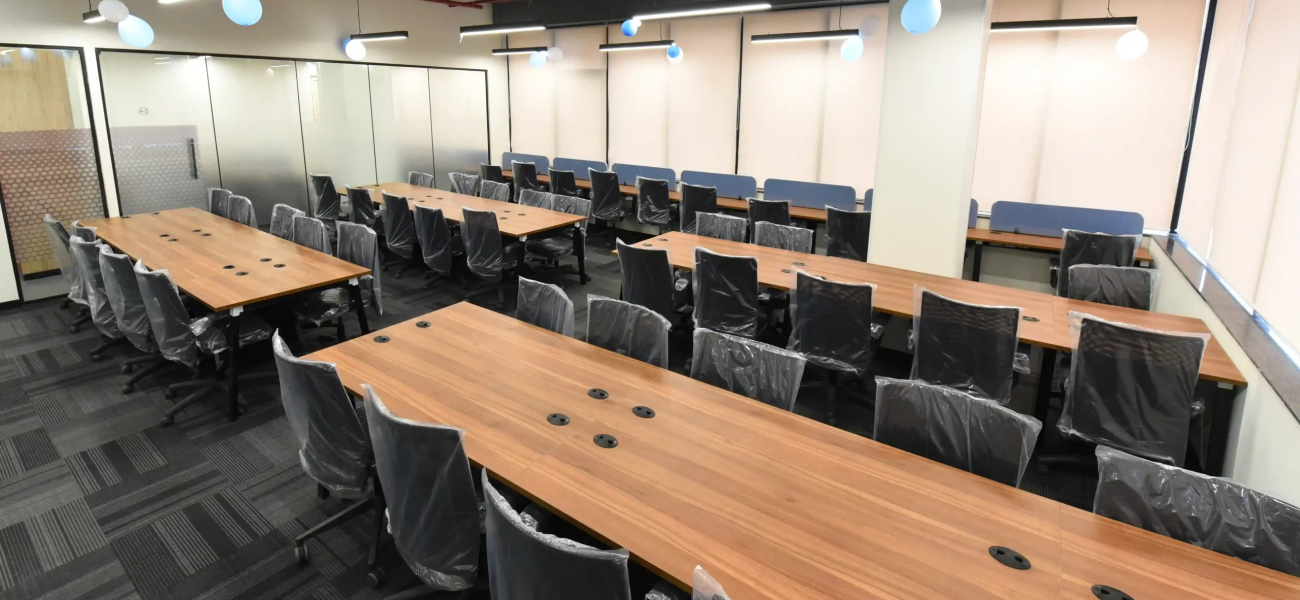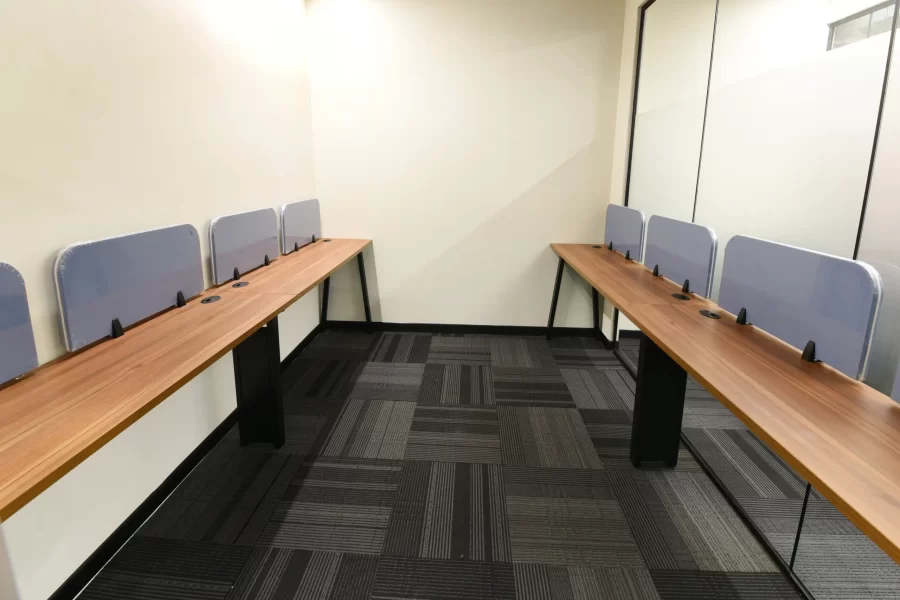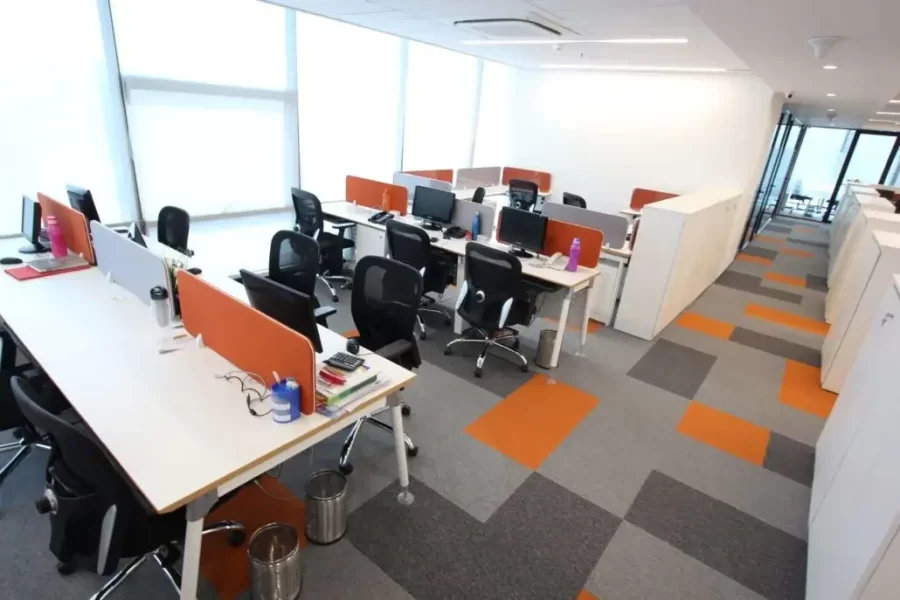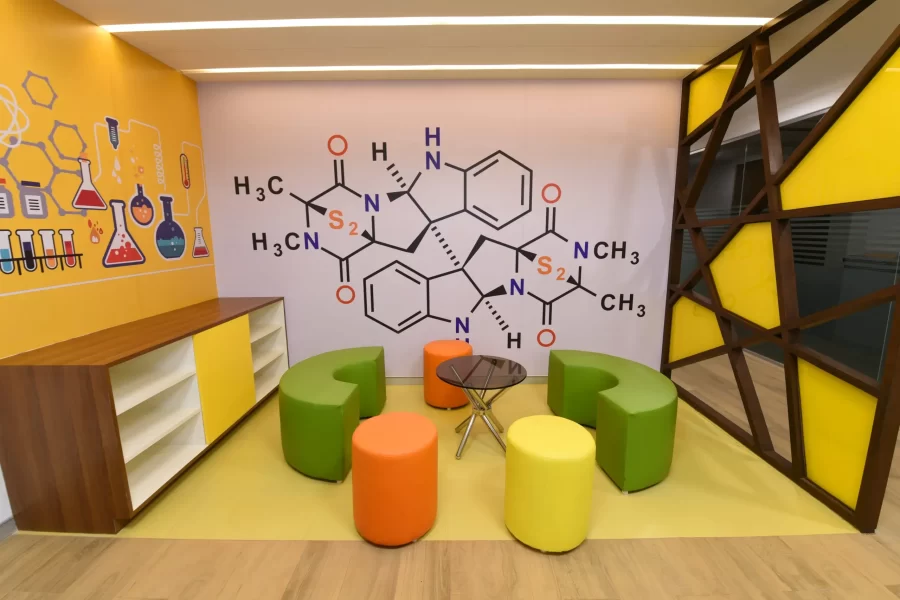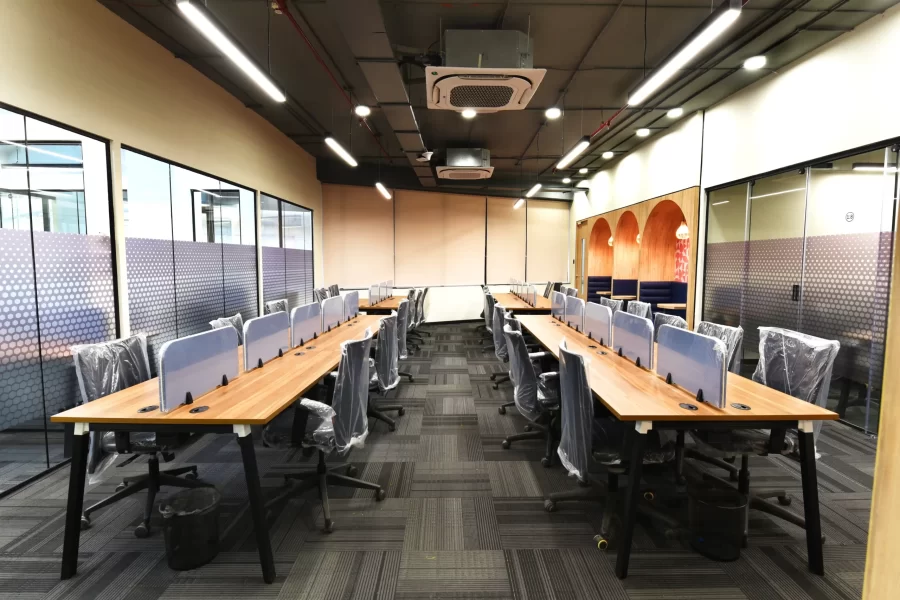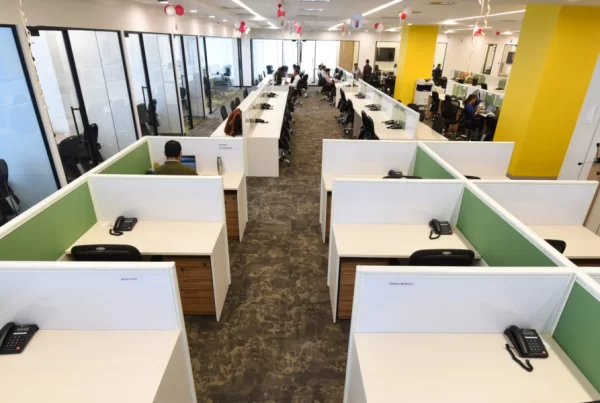In the recent span of years, office designs have dramatically shifted from traditional settings to more modern and innovative layouts. An observation of differences between traditional office and modern office designs has led businesses to turn their interest in creating workspaces that feel more futuristic yet remain functional.
Previously, offices used to have hierarchical arrangements with closed cubicles and rigid layouts. But in today’s age, companies are more inclined towards open-space plans where employees can work together as well as privately, depending on their workflow for the day. This shift in office design has greatly increased productivity, encouraged innovation, and raised employee morale. How? Let’s learn more about it.
What is Traditional Office Design?
Traditional office designs feature a segregated setup with individual work areas for each employee. This layout includes separate desks or long desks with lots of high dividers, supporting a solo work style rather than a collaborative one. Additionally, conventional offices typically feature simpler decor with walls painted in neutral colors along with old-school furniture like plain wooden desks, basic revolving chairs, etc.
The traditional office design supports a hierarchical structure, with higher-status employees and the boss having their own cubicles while others share workspaces. Even departments are clearly divided in such office settings, hindering internal communication among employees. So in many ways, conventional office designs are neither inspiring nor aesthetic. However, many businesses choose to stick with it; sometimes for convenience’s sake and at other times to maintain the established workplace hierarchies.
What is Modern Office Design?
Modern office designs have an open-floor plan for a collaborative environment, resulting in a positive and lively work culture. This design philosophy with bright open areas looks sophisticated and sleek with new-age aesthetics such as walls painted in vibrant colors with varied textures, fun motivational quotes, high-tech elements, touchdown zones, breakout rooms, and more. All of these factors merge together to create a high-spirited and healthy work environment.
The open-space style of modern office design encourages interaction among employees, promoting teamwork. With a focus on bringing in natural light, ergonomic furniture, and areas for relaxation, modern office designs are an answer to a healthy work environment. Plus, this concept style is versatile enough to change as per the evolving needs of the business.
Traditional Office vs. Modern Office Design: A Detailed Comparison
|
Aspect |
Traditional Office Design |
Modern Office Design |
|
Layout |
Subdivided layout with individual cubicles or private offices. |
Open-plan setup with flexible seating arrangements. |
|
Work Environment |
Focused on individual tasks, with a hierarchical structure, creating a more formal and rigid atmosphere. |
Encourages collaboration and creativity, where every employee is treated equally. |
|
Aesthetics |
Bland colors with old-fashioned furniture and minimal decorative elements. |
Vibrant décor with innovative ergonomic furniture and creative design elements. |
|
Technology Integration |
Basic setups with limited technology integration and minimal digital tools. |
Advanced technology with digital tools and connectivity for greater work efficiency. |
|
Employee Well-being |
Places less emphasis on employee comfort, prioritizing productivity over well-being. |
Prioritizes employee well-being through ergonomic furniture, access to natural light, plants, and spaces designed for relaxation. |
Which Office Design Should You Choose: Traditional or Modern?
The office style you choose can majorly impact the work environment. That’s why it’s important to make sure that every difference on design-related factors and its influence on the employees is deeply analyzed so that the interior concept you select perfectly aligns with your company’s goals.
Traditional office interior design ideas, with their enclosed spaces and hierarchical layouts, can offer privacy and focus but might stifle collaboration and creativity among employees. In contrast, modern office designs, which feature open layouts, encourage communication and creativity, improving productivity and employee well-being.
While traditional office décor can feel rigid and uninspiring with the usual table-chair setting, modern corporate office design ideas create a more energetic atmosphere, resulting in work efficiency and positivity among employees.
Get All Traditional & Modern Office Furniture from Vlite
Vlite Furnitech has the expertise to transform every office into a state-of-the-art workspace. Whether you prefer the retro vibe of traditional corporate office design ideas or love the versatility and sleekness of modern office concept designs. Our wide variety of modular furniture is meticulously engineered for all types of office configurations, guaranteeing you the perfect pieces to establish a productive workspace. From innovative workstation desk furniture and modular workstation partition system to conference & meeting room furniture, sofas and lounges, etc. Vlite Furnitech has everything you need! Contact us today to get a personalized expert consultation.
FAQs
What is the difference between a traditional office and a modern office?
A traditional office design features closed-off spaces with individual cubicles for senior employees and old-school décor. Alternatively, modern office design ideas incorporate open-plan layouts and contemporary design elements for a more collaborative environment.
How does the concept of business differ in traditional and modern offices?
In traditional offices, the business concept usually includes clear departmental divisions and formal communication channels. Meanwhile, modern workspaces encourage communication and cooperation between employees, boosting productivity and teamwork.
Why are modern offices considered more efficient than traditional offices?
Modern offices are more efficient because they integrate ergonomic furnishing for employee’s well-being along with advanced technology like AI and cloud computing, which improves workflow, and strengthens communication among employees.
How does office design, whether traditional or modern, impact employee productivity?
Employee productivity is directly impacted by office design. Traditional setups with outdated systems and furniture lead to discomfort and decreased efficiency, whereas modern designs featuring ergonomic furniture, high-tech digital systems, etc., contributing to higher productivity.

